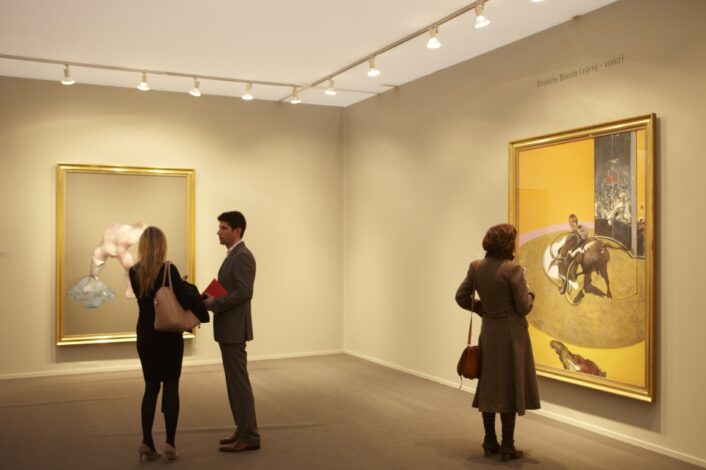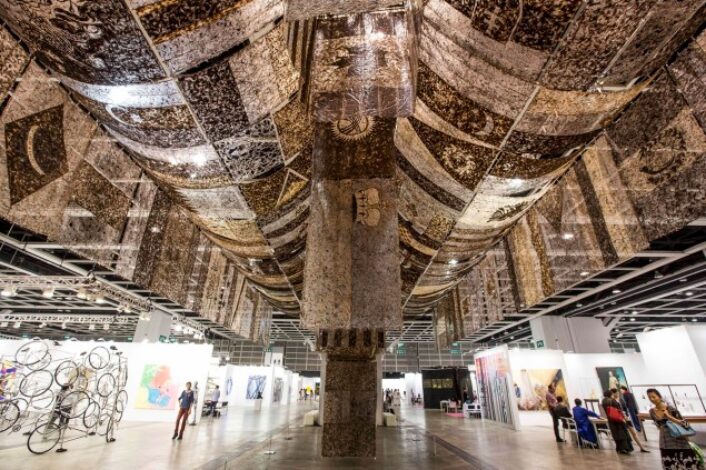Fine Art
Excitement abounds in Seoul’s art market
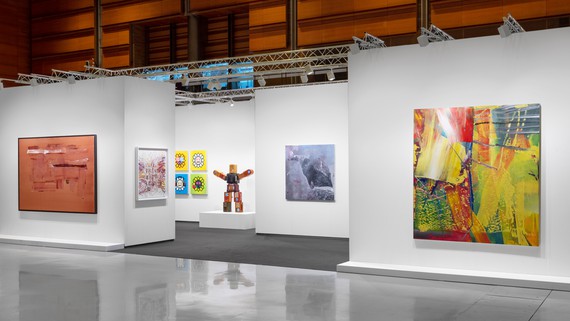
Gagosian’s booth at Frieze Seoul 2022.
Image courtesy of: Gagosian, photographed by: Sebastiano Pellion di Persano
2022 was a monumental year for art in South Korea; specifically, Seoul’s art market surpassed $750 million. The arrival of the first-ever Frieze Seoul certainly added to the excitement among the country’s art dealers. A business-friendly environment also helped the enthusiasm, as well as the well-received debut of Art Basel Hong Kong in 2019.
Alice Lung, a Seoul-based partner at Perrotin (the Paris-based international gallery that just recently opened an outpost in Seoul) said, “Seoul is definitely the most vibrant and exciting market for now. The biggest changes we see over the years is the demographic of collectors and the number of people collecting art. Before people were very focused on the dansaekhwa movement of artists but now, there is an explosion of young emerging artists from all facets of life in Korea, and the new buyers are very bullish about buying these new emerging talents.”
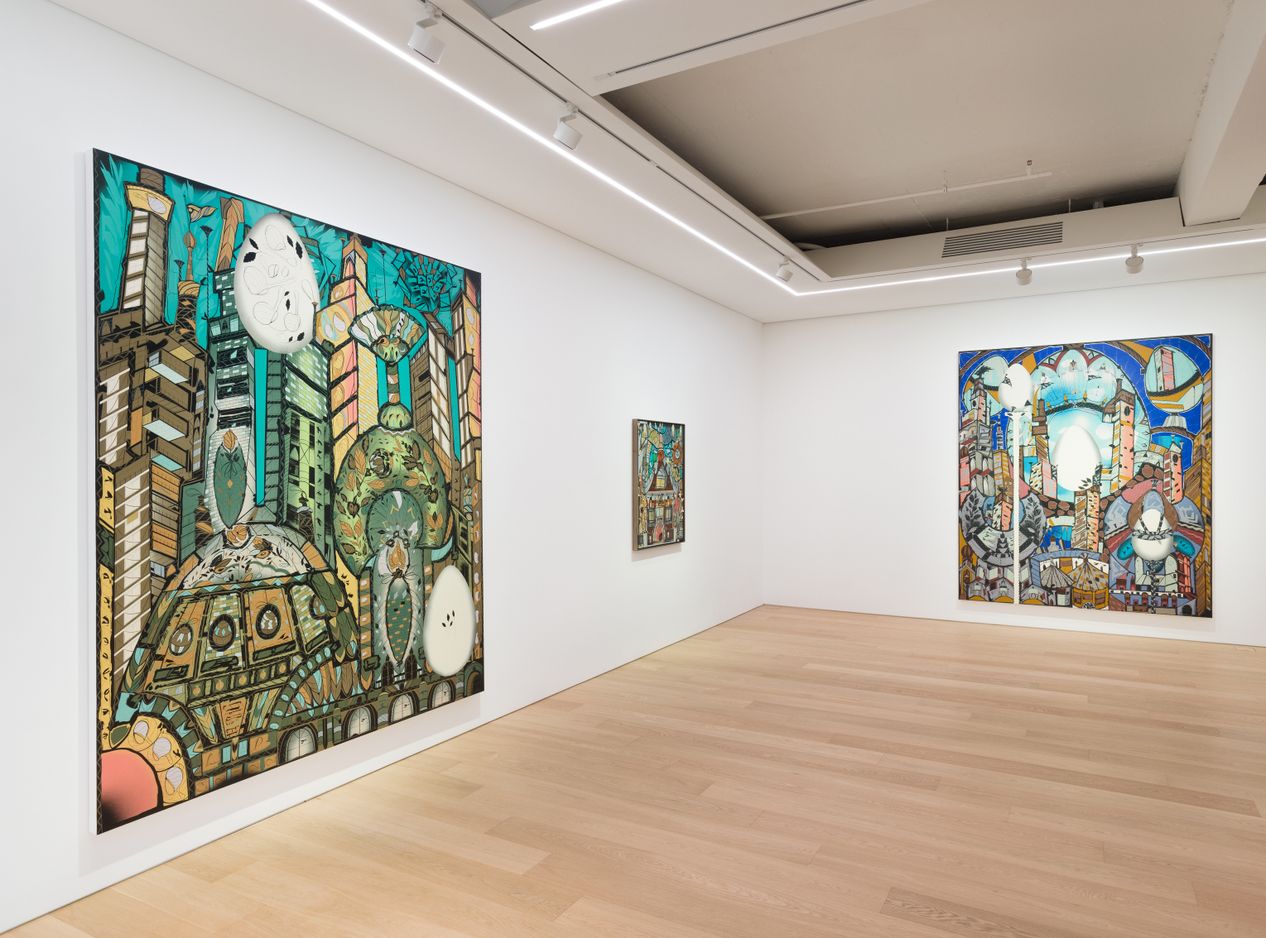
Lehmann Maupin’s exhibition last spring of Lari Pittman’s “Opaque, Translucent and Luminous.”
Image courtesy of: Ocala
It is important to note that many premier galleries have also decided to increase their global footprint to South Korea’s capital. In 2016, the Paris-based gallery Perrotin, owned by the influential dealer Emmanuel Perrotin, opened a gallery in Seoul near the city’s cultural center. Last year, Perrotin opened another location in Seoul… this is a huge endorsement for the city as the international dealer has been credited with identifying several of the world’s most impressive artists including Damien Hirst and Akashi Murakami.
In addition to Perrotin, Lehmann Maupinn, Pace Gallery, and Gladstone Gallery have opened outposts in Seoul over the past few years. Rachel Maupin, co-founder of Lehmann Maupin said (courtesy of the gallery’s website), ““Our connection with Korea runs deep. It has long been a city of incredible creative energy, as well as artistic output and exchange. We have the special privilege of working with such historically important Korean artists as Do Ho Suh, Lee Bul, and Suh Se Ok—relationships that date back to as early as 2000 and which have been crucial in defining the gallery’s DNA. Over the past 30 years, David and I have made countless trips, especially over the past five years as we’ve put down permanent roots with our Seoul gallery. We’re tremendously proud of the close community we’ve built of collectors, curators, artists, writers, and importantly, the Korean public, who have shown their support for our program of boundary-pushing artists.”
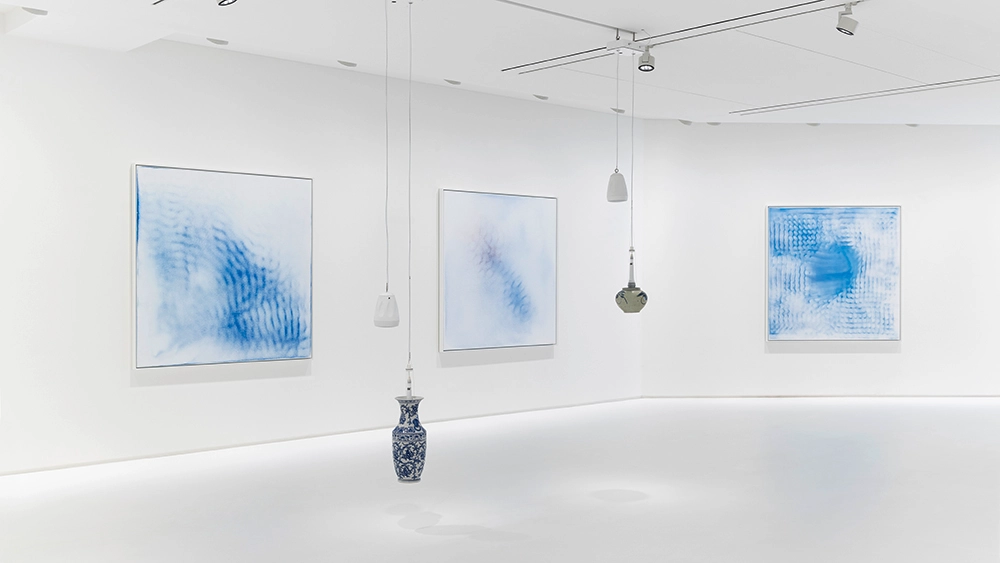
At Thaddeus Ropac, an Oliver Beer exhibition last spring. Founded in 1983, Thaddeus Ropas has a large presence in Europe with established, esteemed galleries in London, Paris, and Salzburg. In 2021, the conglomerate opened a location in Seoul.
Image courtesy of: Robb Report, photographed by: Chunho An
South Korea has been positively affected by a young generation of collectors, those who were born roughly between 1981 and 2005. Dubbed “MZers,” this fusion of millennials and Gen Z collectors are much more sophisticated than their predecessors. Many have grown up with parents who collected art and many have money to invest and are looking into alternative investment options.
Most interesting however is that with no language barrier, these collectors are confident to directly communicate with galleries overseas. With a plethora of different options including e-mail, Artsy, and Instagram, MZers are assured enough to make quick decisions and take action. Some of this might have to do with the fact that the pandemic enabled online platforms to flourish among the younger age bracket; regardless, this has only positively affected Seoul’s ambitious art aspirations.
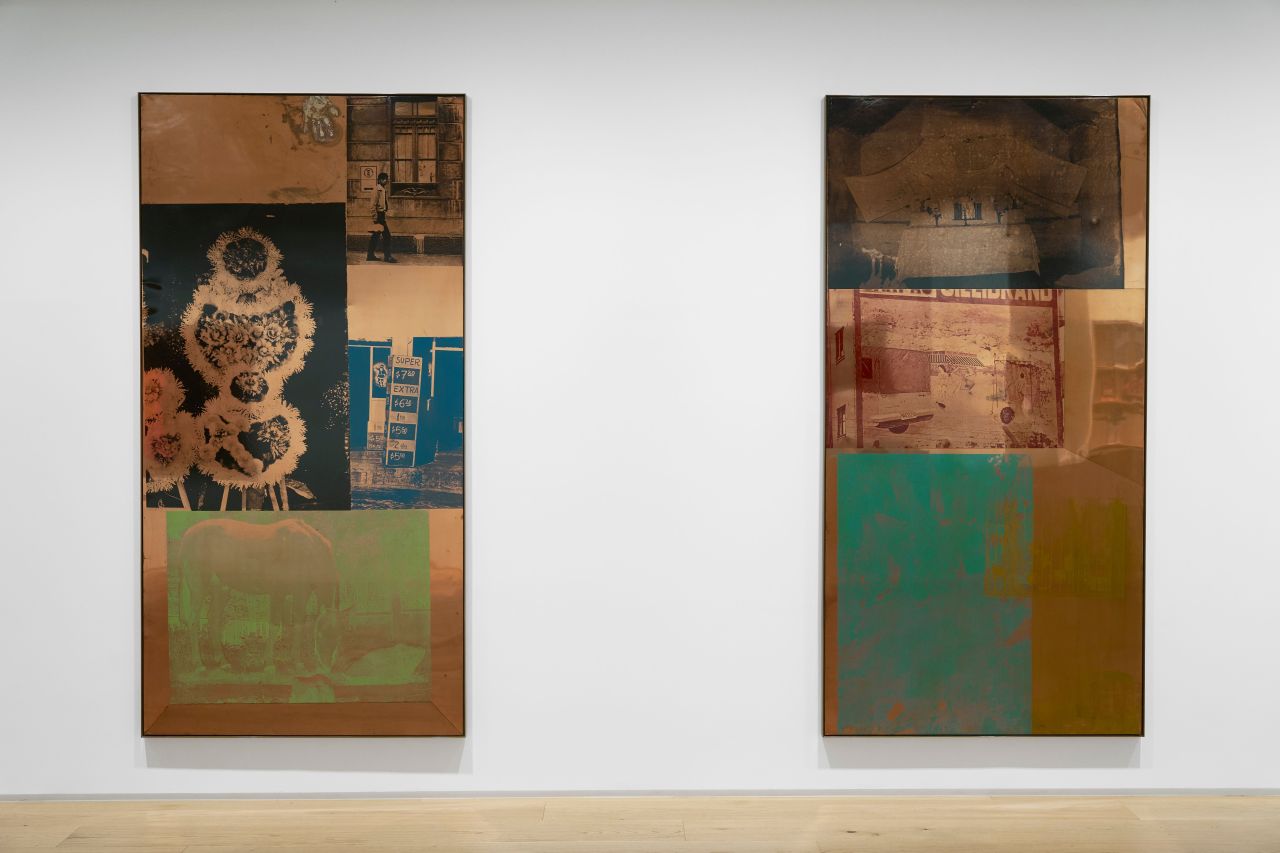
At Thaddeus Ropac Gallery, an installation view of “Robert Rauschenberg: Copperheads 1985/1989.
Image courtesy of: Korea Herald
Finally, the assortment of museums in the capital has helped to contribute to the city’s push towards being an art hub. The National Museum, the Daelim Museum, and the Seoul Museum of Art, in addition to the Lemur Museum of Art and the Amorepacific Museum of Art (both products of corporate collections, Samsung and AmorePacific respectfully) have beautifully curated collections.
Staging important exhibitions at these museums has helped Korean collectors become more worldly and knowledgable in the field. And different for this culture is that (courtesy of Robb Report) as David Maupin of Lehmann Maurine says “They really care about great international art. They obviously have a tradition of their own work, but they’re also outward-facing—they look to the world. They’re not interior-looking at all.”
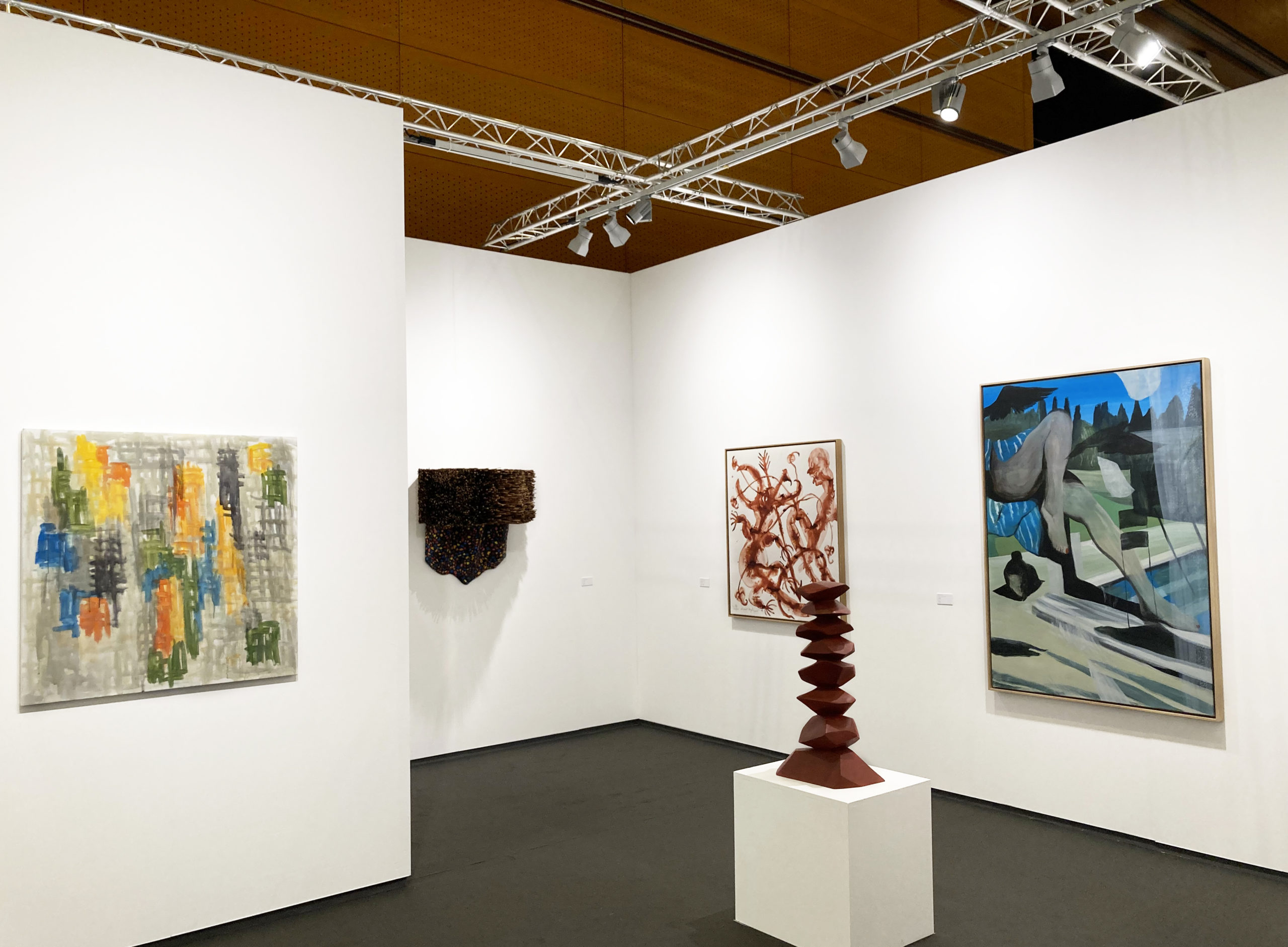
Galerie Lelong & Co. (booth C21) at Frieze Seoul.
Image courtesy of: Galerie Lelong
Frieze Seoul only added to the excitement about the city as a potential new hub for Asia’s art market. Spearheaded by Patrick Lee, the fair opened alongside Korea International Art Fair (Kiaf). With years of experience behind it, Kiaf was the first and is the longest running contemporary art fair in Korea. For twenty years now, (courtesy of Kiaf) the fair has played a leading role in the introduction of modern and contemporary Korean art to the world.”
Joining forces, Frieze and Kiaf will bring together galleries from across Asia and the world to Seoul. This weeklong fair of close to 350 dealers shined bright for both local and international art audiences. Courtesy of The Art Newspaper, Jason Haam, founder of the eponymous gallery said, “Frieze’s arrival to the country makes it cool to be working in Seoul, and makes artists more interested in showing Seoul. I’m very happy that the art world is paying attention. Competition will be tougher, but there is a bigger pie now.”
